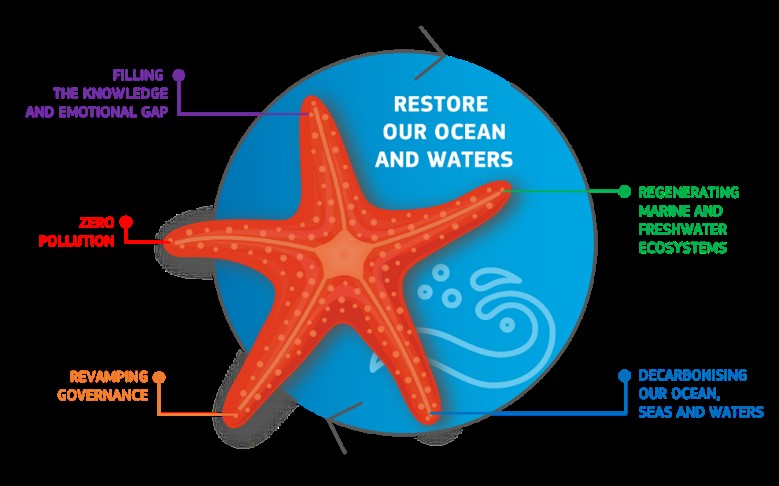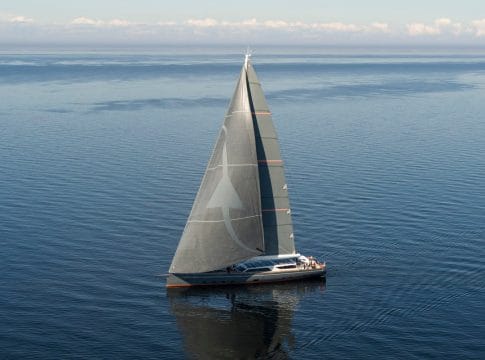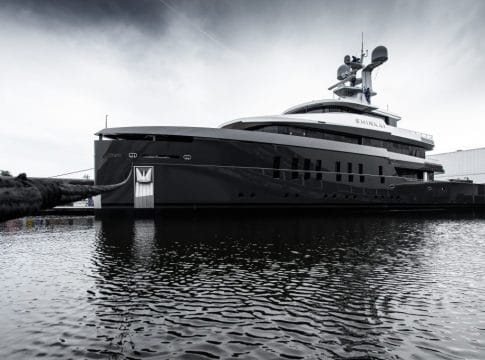Inspired by the NASA’s Apollo 11 Mission to land humans on the moon, European Union’s Missions seek to enable large-scale transformations to address some of the greatest challenges our society is facing.
By Aristomenis P. Karageorgis, Director, Institute of Oceanography, Vice-President of the Board of Directors, HCMR
Five Mission areas have been included in the Horizon Europe Regulation:
- Adaptation to Climate Change, including societal transformation – A Climate Resilient Europe
- Cancer – Conquering cancer: Mission possible
- Healthy Ocean, Seas, Coastal and Inland Waters – Mission Starfish 2030: Restore our Ocean and Waters
- Climate-Neutral and Smart Cities – 100 Climate-neutral Cities by 2030 – by and for the Citizens
- Soil Health and Food – Caring for soil is caring for life.
The Mission “Healthy oceans, seas, coastal and inland waters” aims to know, restore and protect our ocean and waters by 2030, by reducing human pressures on marine and freshwater environments, restoring degraded ecosystems and sustainably harnessing the essential goods and services they provide. Protection and conservation efforts must address the entire ocean and water system in a holistic fashion, if they are to succeed. The future we must collectively create will be defined by who we perceive ourselves to be in relation to the natural capital of our oceans and waters, guiding the choices we now make. Inspired by the shape of the starfish (Figure 1), the Mission pursues five interdependent objectives – knowledge, regeneration, zero pollution, decarbonisation and governance – uniting overall 17 ambitious, concrete and measurable targets for 2030.
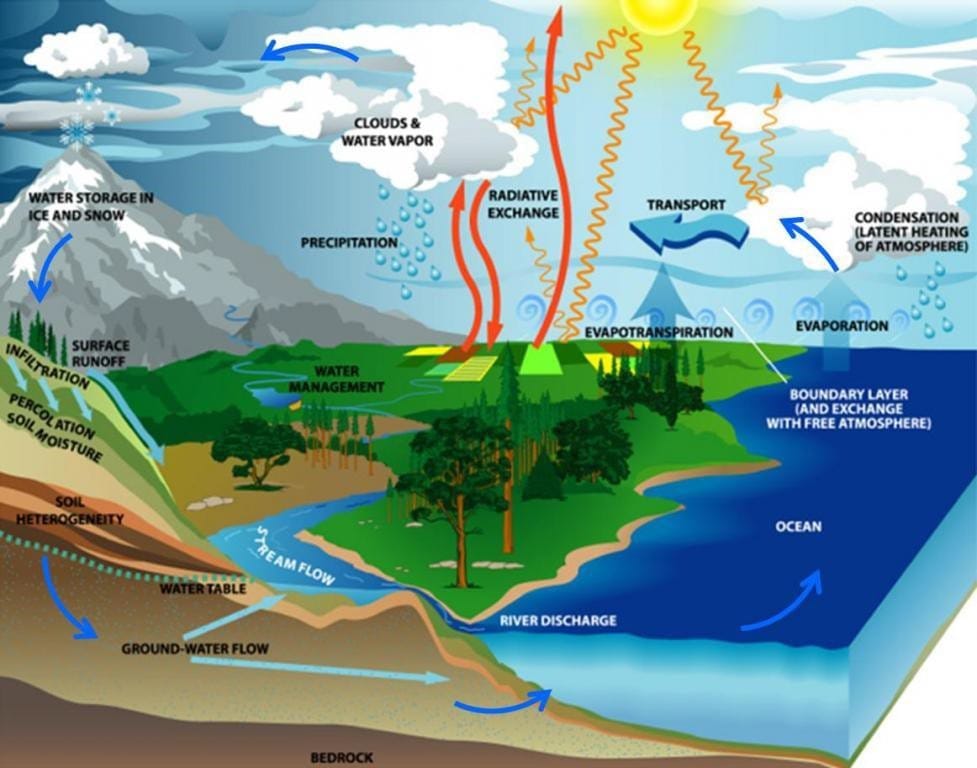
Figure 2. Main elements of the water cycle showing that all forms of water on Earth are interconnected (Source: http://archive.sswm.info/pt-pt/category/concept/water-cycle). The entire water cycle is under pressure like never before.
Our society’s relationship to the ocean and waters is inherently unsustainable, severely challenging the health of our ocean, seas, coastal and inland waters, which is well-known they are all interconnected (Figure 2). Climate change and ocean acidification come as additional pressures. In turn, the capacity of the ocean to regulate the Earth’s climate is jeopardized. As a result, over 85 percent of wetland areas have been lost, and 66 percent of the ocean area is experiencing increasing cumulative impacts. One million species – aquatic and terrestrial – are at risk of extinction. At the same time, the tools at our disposal to restore and manage the aquatic systems are significantly imperfect, due to a lack of knowledge and lack of public connection to the ocean and waters on the one hand, and due to poor governance on the other. Unfortunately, many Europeans are unaware of the importance of the ocean and waters for their daily lives. A key challenge is the vastness of the ocean: the seas and the aquatic system are often ‘out of sight, out of mind’. The Mission proposes a systemic vision of all of these challenges and how to address them.

Figure 3. Various types of pollution threaten the health of our seas and inland waters.
CHALLENGES
Man-made changes are putting our ocean and waters at a serious risk, leading to:
- Pollution (eutrophication, contaminants, micro-pollutants, marine litter, underwater noise);
- Biodiversity loss (both in land and sea waters);
- Extreme weather events such as floods, droughts and heatwaves (association with climate change) (Figure 4).
OPPORTUNITIES
- Climate neutrality: the ocean and waters are major carbon sinks and are essential for adaptation to climate change
- Biodiversity: the ocean and waters are home to a rich diversity of species.
- Economic prosperity: the ocean is estimated to generate €2.5 trillion per year by 2030
ACTIONS TO ‘Restore our ocean and waters by 2030’
- The Horizon Europe programme, the European Maritime Fisheries and Aquaculture Fund, Invest EU and other EU programmes will provide around €500 million in seed funding during the period 2021-23;
- Create a network of ‘lighthouses’ at sea and river basin scale to implement the mission and expand the networks of marine protected areas. The Mediterranean sea has been chosen as one of the ‘lighthouses’ targeting on pollution abatement;
- Establish an EU-wide ‘Blue Parks’ initiative to provide new restoration and conservation opportunities;
- Support effective water management through a digital knowledge system with a European Twin Ocean and improved environmental monitoring of ocean health.
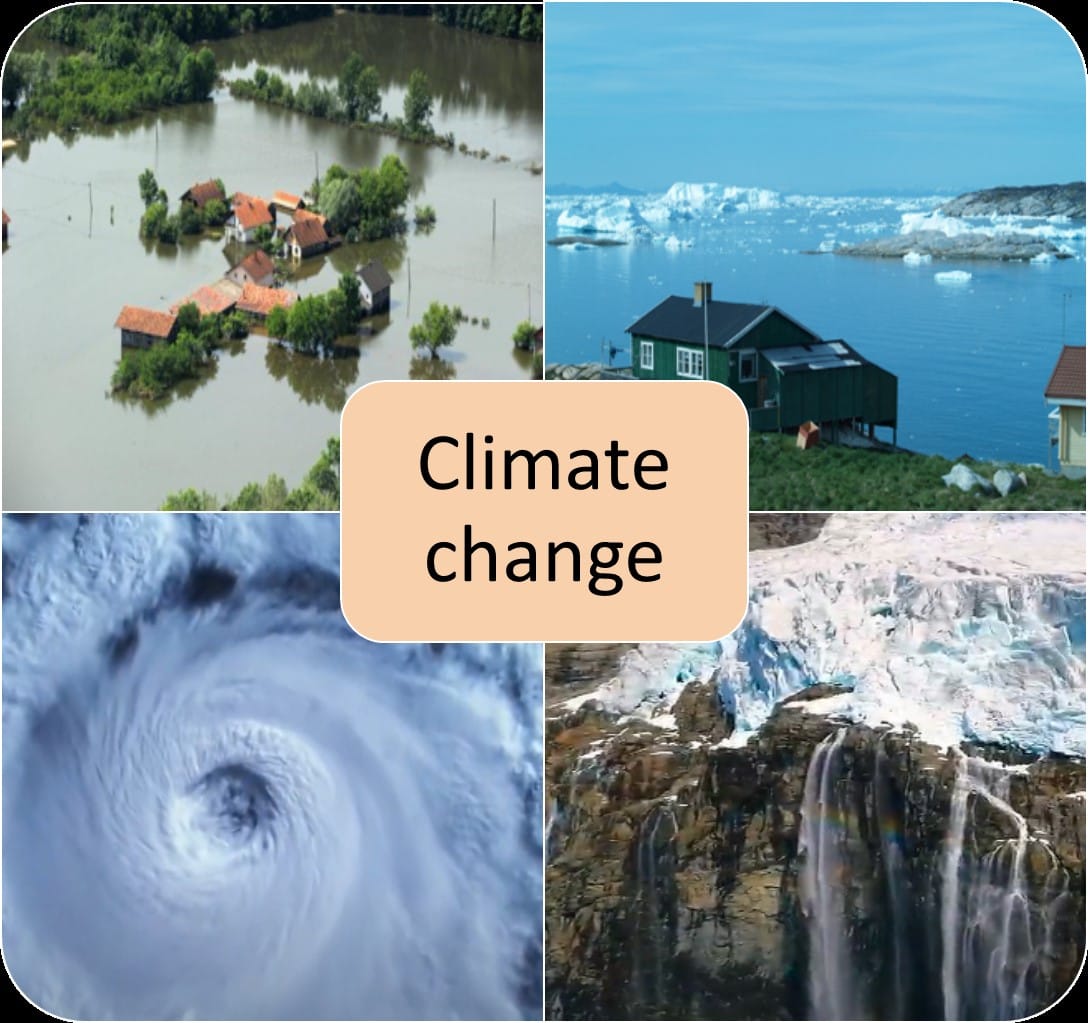
Figure 4. Floods, warming ocean, extreme weather phenomena, glacier decline are examples of climate change impacts.
IMPLEMENTATION
On September 29th, 2021, the European Commission launched simultaneously the five new EU missions, a new and innovative way to work together and improve the lives of people in Europe and beyond. The Missions are a new tool that includes a set of actions, such as research and innovation projects, policy measures and legislative initiatives, to achieve concrete goals with large societal impact and within a specified timeline. Each of the five identified missions is now in a preparatory phase, to be finalized in one year, during which implementation plans will be developed, which will include the detailed objectives, specific interventions, investment strategy and performance indicators for each mission.
We ask for the support and active participation of all European citizens in current and future actions to restore our ocean and waters. The time to act is now.
Article Sources:
Lamy P., Citores A., Deidun A., Evans L., Galgani F., Heffernan P., Karageorgis A., Kauppi L., Manakovski D., Meissner G., Moldoveanu V., Ramm K., Pedicchio M.-C., Pitta e Cunha T., Slat B. and Pons G., (2020). Report of the Mission Board Healthy Oceans, Seas, Coastal and Inland Waters. 92p.



